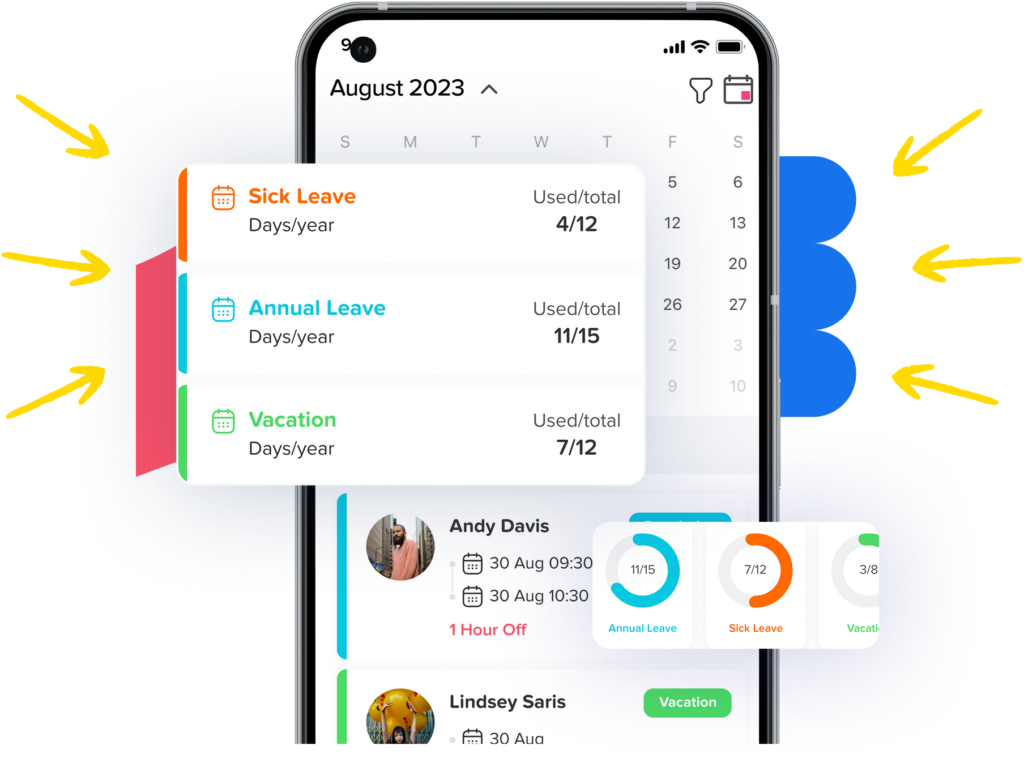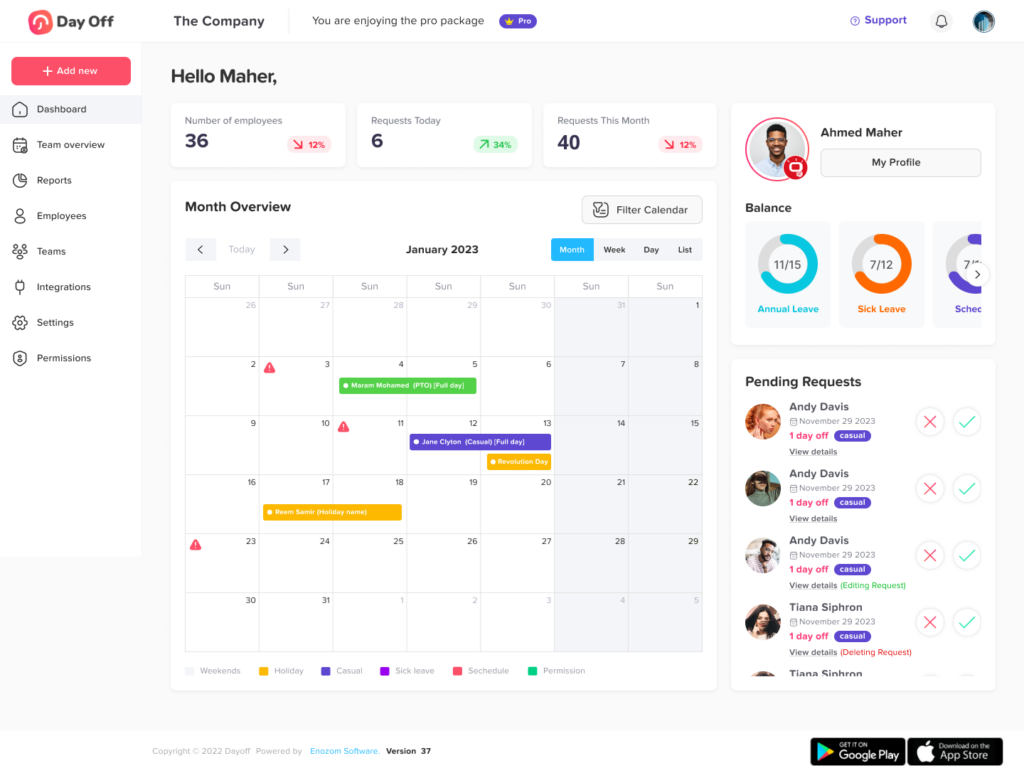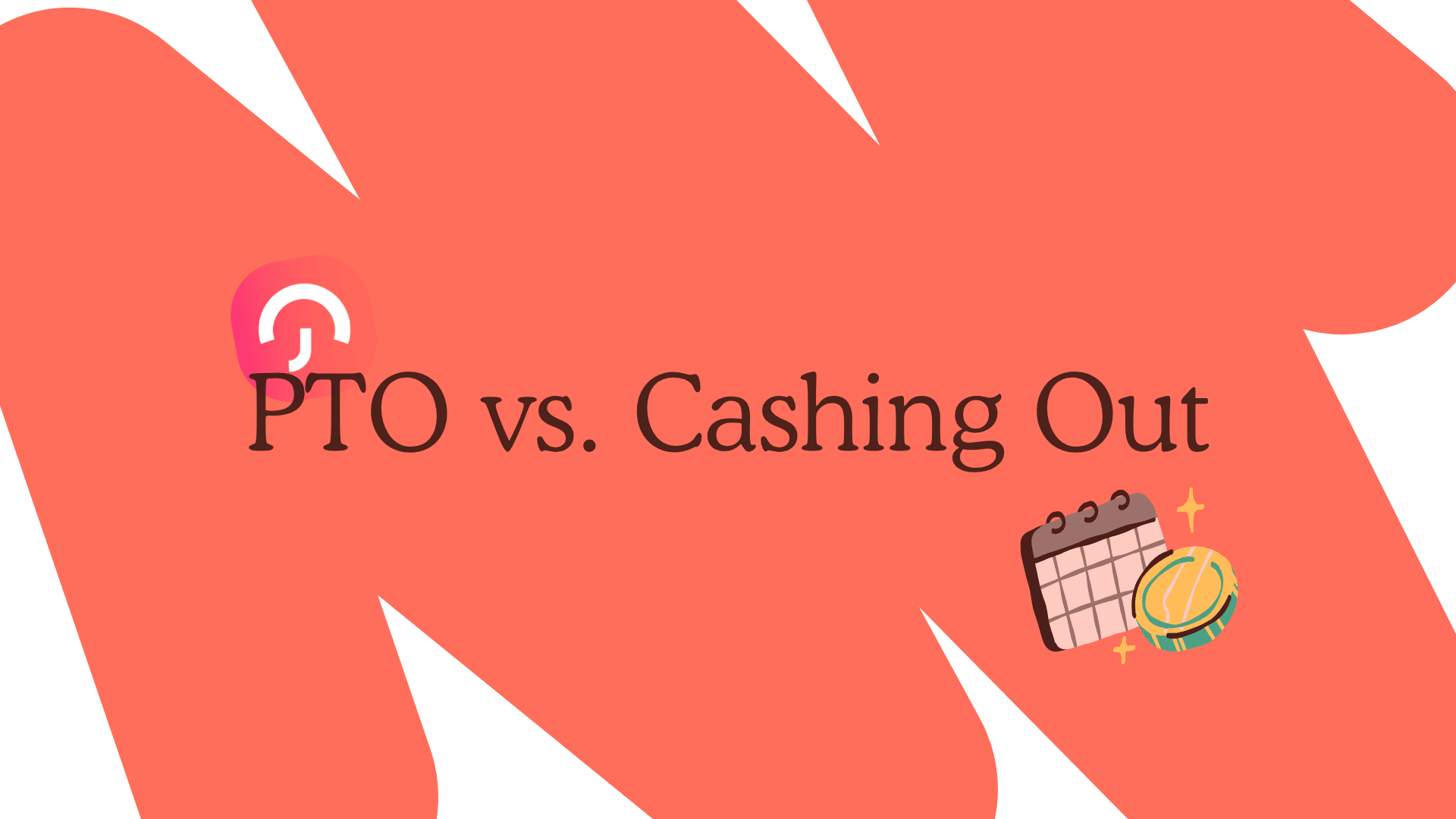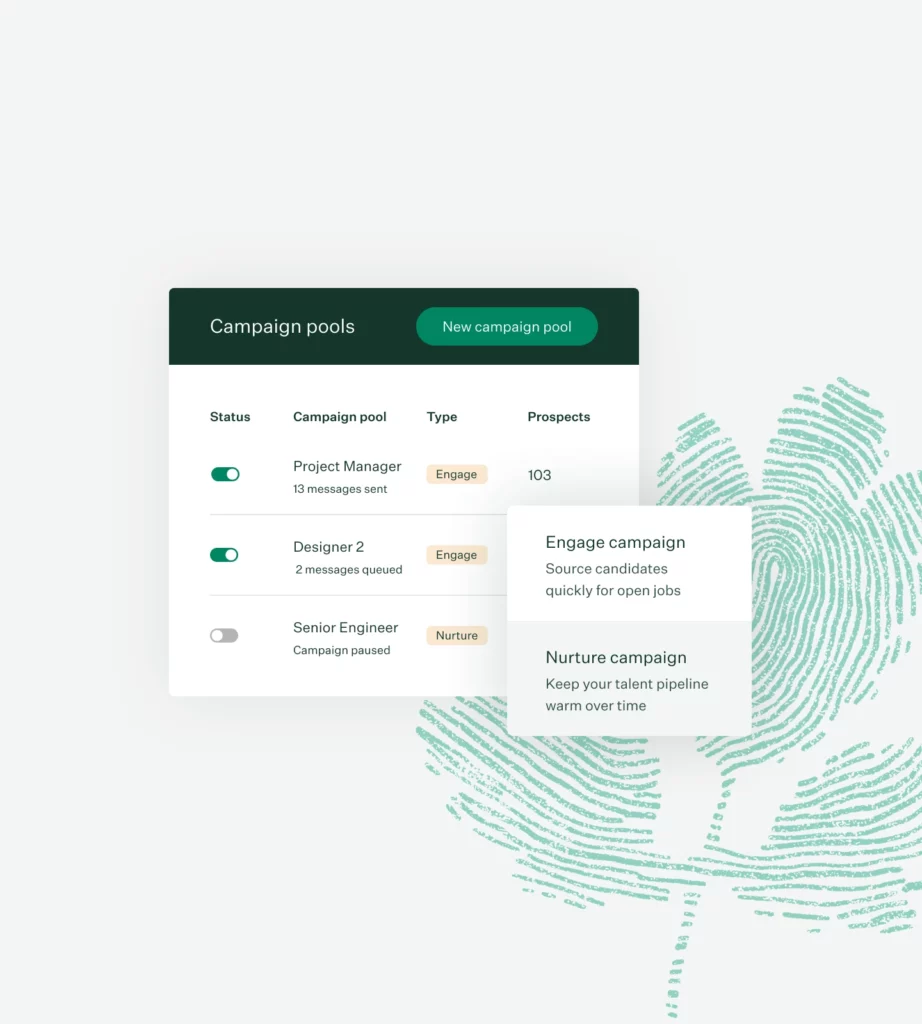Managing employee time off is one of the most time-consuming tasks for Human Resources (HR) departments. Many businesses still rely on spreadsheets, emails, or even paper forms to track Paid Time Off (PTO). These outdated methods lead to errors, inefficiencies, and frustration for both HR professionals and employees. Automated PTO tracking systems offer a modern solution, helping businesses improve accuracy, save time, and streamline payroll processes. In this article, we’ll explore the benefits of automated PTO tracking and how digital tools also simplify Employer Identification Number (EIN) and payroll management.
The Problem with Manual PTO Tracking
Many companies still handle PTO using traditional methods, which come with several challenges:
Errors and Inaccuracies
Spreadsheets and manual data entry are prone to mistakes. A simple typo can miscalculate an employee’s remaining PTO, leading to confusion and disputes. HR teams spend valuable time fixing these errors instead of focusing on strategic tasks.
Time-Consuming Processes
HR professionals receive multiple PTO requests daily. Processing each one manually takes time, especially when requests come through different channels such as emails, phone calls, or paper forms. The back-and-forth between employees and managers slows down approvals and creates unnecessary delays.
Lack of Transparency
Employees often don’t know how much PTO they have left. They must contact HR to check their balance, which adds to HR’s workload. Misunderstandings about PTO policies can lead to frustration and dissatisfaction among employees.
Scheduling Conflicts
Without a clear, real-time system, overlapping vacation requests can leave teams short-staffed. Managers struggle to track who is off on what days, leading to gaps in work coverage.
Compliance Issues
Labor laws require businesses to track PTO accurately. Failure to comply with these regulations can result in legal penalties. Manual systems make it difficult to ensure compliance with federal and state laws.
Given these challenges, it’s clear that businesses need a better way to manage PTO.
How Automated PTO Tracking Solves These Issues
Automated PTO tracking systems eliminate the inefficiencies of manual processes. Here’s how:
Increased Accuracy
With automation, PTO balances update instantly whenever an employee requests or takes time off. These systems apply company policies automatically, ensuring accuracy and fairness.
Saves Time for HR and Managers
Instead of processing requests manually, HR can approve or deny them with a single click. Employees submit their requests through a centralized system, and managers receive notifications immediately. This streamlined process reduces administrative workload.
Improves Employee Experience
Employees can access their PTO information anytime through a self-service portal. They no longer need to ask HR about their remaining leave or worry about miscalculated balances. Clear policies and instant updates improve employee satisfaction.
Prevents Scheduling Conflicts
Automated systems provide a real-time view of who is off and when. Managers can plan to ensure work coverage, reducing the risk of being understaffed. Some systems even allow automatic blackout dates for busy seasons.
Ensures Compliance with Labor Laws
Automated PTO tracking helps businesses comply with labor laws by keeping accurate records. The system generates reports that can be used for audits, ensuring the company follows all legal requirements.
Key Features of an Automated PTO Tracking System
A high-quality PTO tracking system offers several important features:
- Customizable PTO Policies: Supports different leave types, such as vacation, sick leave, and personal days.
- Real-Time Balance Updates: Ensures employees always see their most up-to-date PTO information.
- Automated Approvals: Allows managers to set rules for auto-approving certain requests.
- Integration with Payroll Software: Syncs PTO data with payroll to prevent errors in pay calculations.
- Mobile Access: Enables employees to request time off from their smartphones.
- Reporting and Analytics: Provides insights into PTO trends, helping businesses make informed decisions.
How Automation Simplifies EIN and Payroll Management
Beyond tracking PTO, automated systems also make payroll and EIN (Employer Identification Number) management easier.
What is an EIN and Why is it Important?
An Employer Identification Number (EIN) is a unique number assigned to businesses by the IRS. It’s used for:
- Payroll Processing: Ensures employees are paid correctly and taxes are withheld properly.
- Tax Filing: Businesses need EINs to report employee earnings and file tax returns.
- Opening Business Accounts: EINs are required to set up business bank accounts.
Challenges of EIN Management
Handling EINs manually can lead to issues such as:
- Errors in Payroll Processing: If EINs are incorrect, payroll taxes may not be reported properly.
- Difficulties in Record-Keeping: Businesses must keep EIN information organized for tax and audit purposes.
How Automation Helps
Automated payroll systems integrate EIN management, reducing errors and simplifying compliance. If you need to quickly find your EIN, online services like EINsearch allow businesses to quickly look up EINs and verify them, ensuring accurate tax reporting.
Real-World Impact of PTO Automation
Many companies have already seen the benefits of switching to automated PTO tracking.
Case Study: A Mid-Sized Company’s Success Story
A mid-sized business with 100 employees struggled with PTO management. HR spent over 10 hours a week handling leave requests, responding to employee inquiries, and updating spreadsheets. Mistakes in PTO calculations led to frequent disputes, creating frustration for both employees and managers.
After implementing an automated PTO tracking system, the company saw immediate improvements:
- 50% Reduction in Administrative Work: HR spent less time managing PTO and more time on strategic initiatives.
- Faster Approvals: Employees received responses to leave requests within minutes instead of days.
- Improved Employee Satisfaction: Employees appreciated the transparency and ease of accessing their PTO information.
- Better Compliance: The system automatically tracked PTO in line with labor laws, ensuring accuracy in reporting.
This company’s experience highlights the impact automation can have on HR efficiency and employee happiness.
Choosing the Right PTO Tracking System
When selecting an automated PTO system, businesses should consider:
- Ease of Use: The system should have a simple, user-friendly interface.
- Integration Capabilities: It should connect with payroll, accounting, and HR software.
- Customization Options: The system should support different PTO policies and accrual methods.
- Customer Support: Reliable customer service ensures smooth implementation and troubleshooting.

Frequently Asked Questions (FAQ) About Automated PTO Tracking & EIN Management
What is an automated PTO tracking system?
An automated Paid Time Off (PTO) tracking system is a digital tool that manages employee leave requests, balances, and approvals without manual input. It automatically updates PTO accruals, prevents scheduling conflicts, and integrates with payroll software for accurate wage and tax calculations.
By replacing spreadsheets and paper forms, these systems reduce errors, save time, and ensure compliance with company policies and labor laws.
Why is manual PTO tracking inefficient?
Manual PTO tracking through spreadsheets or emails often leads to:
Calculation errors, such as incorrect leave balances.
Slow approval processes, causing frustration among employees.
Compliance risks, as manual systems lack proper audit trails.
Scheduling conflicts, since managers can’t easily view overlapping requests.
Automation eliminates these issues by handling requests, approvals, and updates in real time, freeing HR teams from tedious administrative work.
How does automation improve PTO accuracy?
Automated systems calculate PTO balances instantly whenever time off is approved or taken. They apply company rules (like accrual rates, carryovers, and blackout dates) automatically, ensuring every transaction is accurate and compliant.
This eliminates manual data entry errors and provides both HR and employees with up-to-date information at all times.
How does an automated PTO system save time for HR and managers?
Automation streamlines the entire PTO process by:
Centralizing all requests in one platform.
Sending instant notifications to managers for approval.
Automatically updating balances and records.
Syncing data directly with payroll and attendance systems.
This reduces repetitive HR tasks, shortens approval cycles, and allows HR to focus on strategic priorities instead of administrative follow-ups.
How does automation enhance the employee experience?
Employees benefit greatly from automation because they can:
Access their PTO balances anytime via a self-service portal or mobile app.
Submit time-off requests in seconds and receive instant updates.
Avoid confusion or disputes over balances and approvals.
This transparency improves trust, reduces frustration, and helps employees plan their time off with confidence.
Can automated PTO systems prevent scheduling conflicts?
Yes. One of the biggest advantages of automation is real-time visibility. Managers can see who is scheduled to be off before approving new requests.
This helps maintain adequate staffing, prevents overlapping vacations, and ensures team productivity even when multiple employees are on leave.
How do automated systems ensure compliance with labor laws?
Automated PTO tracking systems maintain accurate, time-stamped records of all leave activity. They automatically apply local and federal labor regulations, including accrual limits, carryovers, and payout requirements.
In addition, detailed reports make it easier for businesses to demonstrate compliance during audits or disputes, protecting them from potential fines or penalties.
What features should I look for in a PTO tracking system?
A reliable automated PTO system should include:
Customizable PTO policies (vacation, sick leave, personal days).
Real-time balance tracking and automatic accruals.
Automated approval workflows with manager notifications.
Payroll integration for accurate wage calculations.
Reporting and analytics for insights into leave trends.
Mobile accessibility for on-the-go management.
Choosing a system with these capabilities ensures accuracy, efficiency, and long-term scalability.
How does PTO automation integrate with payroll?
Automated PTO systems connect directly to payroll platforms, syncing leave data in real time. When an employee takes PTO, the system automatically adjusts their pay and updates tax withholdings accordingly.
This integration eliminates manual data entry, reduces payroll errors, and ensures employees are paid correctly every time.
What is an Employer Identification Number (EIN), and why is it important?
An Employer Identification Number (EIN) is a unique nine-digit number issued by the IRS to identify a business for tax and payroll purposes. It’s essential for:
Processing employee payroll and tax withholdings.
Filing federal and state tax returns.
Opening business bank accounts.
Without an EIN, businesses cannot legally process payroll or report taxes.
How can automation help manage EIN and payroll data?
Automated payroll systems simplify EIN management by securely storing and linking EINs to tax records and payroll data. They ensure accuracy in tax filings and reduce errors that could lead to compliance issues.
Tools like EINsearch allow businesses to quickly look up or verify EINs, ensuring that payroll reports are filed correctly.
What are the risks of managing EINs manually?
Manual EIN management can result in:
Incorrect tax filings if EINs are mistyped or outdated.
Payroll discrepancies, leading to tax penalties.
Disorganized records, complicating audits and compliance reporting.
Automated systems centralize EIN data, ensuring secure, accurate, and accessible records for HR and accounting teams.
How does PTO automation help with business compliance and audits?
Automated PTO tracking tools generate detailed, time-stamped reports of employee leave. These records serve as reliable documentation during compliance checks or audits.
The system can export data instantly for:
Wage and hour audits.
Internal reviews.
Legal disputes related to employee attendance or compensation.
What are some examples of automated PTO tracking tools?
Some of the most trusted PTO tracking tools for businesses include:
Day Off: Ideal for small and mid-sized businesses; simple, affordable, and highly customizable.
BambooHR: Comprehensive HR suite with built-in leave management.
Gusto: Great for payroll integration and PTO tracking.
UKG Ready: Designed for larger organizations with advanced compliance and analytics tools.
These tools offer flexibility depending on company size, budget, and HR complexity.
How do I choose the right automated PTO tracking system for my business?
When choosing a system, evaluate:
Ease of use: Is the interface simple for both HR and employees?
Integration: Does it connect with your payroll and HR software?
Customization: Can it handle your specific PTO policies?
Scalability: Will it grow with your business?
Support: Does the vendor offer reliable customer service?
Selecting the right tool ensures long-term efficiency, compliance, and employee satisfaction.
What measurable results can businesses expect after automating PTO?
Businesses that switch from manual to automated PTO tracking typically see:
Up to 50% less administrative work for HR teams.
Faster leave approvals, often within minutes.
Improved payroll accuracy and fewer disputes.
Higher employee satisfaction thanks to transparency and accessibility.
Automation delivers both time savings and measurable improvements in workforce morale and productivity.
Is automated PTO tracking suitable for small businesses?
Absolutely. Small and medium-sized businesses often benefit the most from automation because they usually lack large HR teams. Tools like Day Off offer affordable, easy-to-implement solutions that simplify PTO tracking, approvals, and payroll integration, without the need for complex HR infrastructure.
Final Thoughts
Automated PTO tracking is no longer a luxury, it’s a necessity for modern HR departments. By switching from manual processes to digital solutions, businesses can eliminate errors, save time, and improve employee satisfaction. Beyond PTO management, automation also simplifies EIN verification and payroll processing, ensuring businesses stay compliant with tax regulations.
















